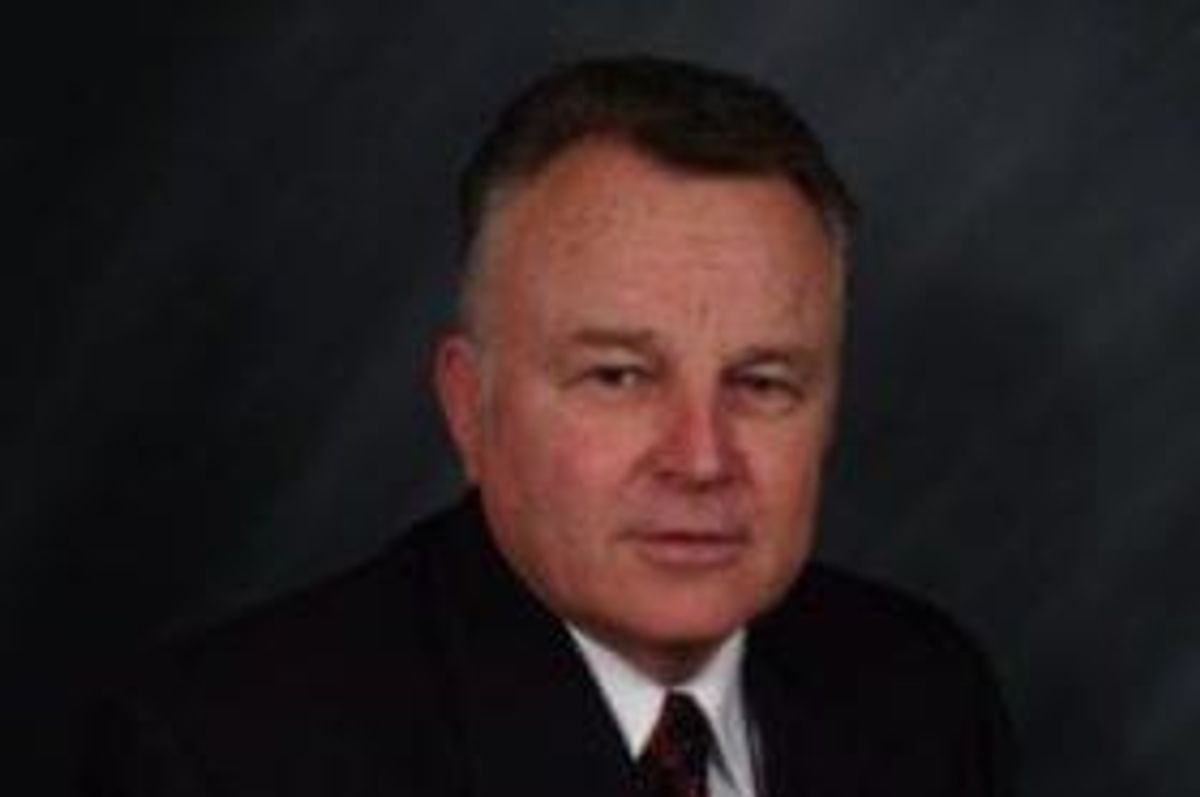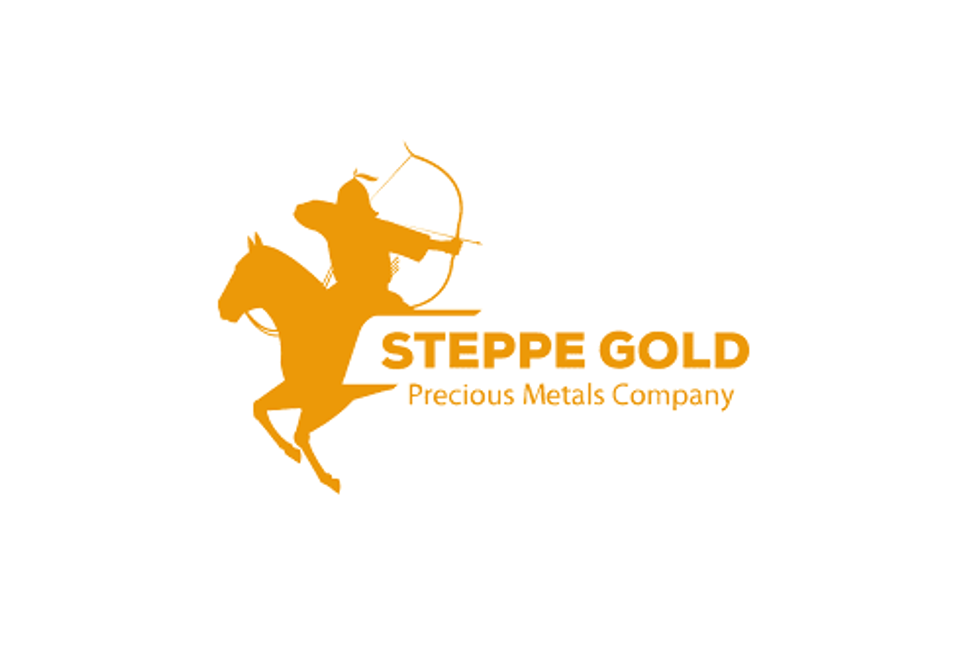- AustraliaNorth AmericaWorld
Investing News NetworkYour trusted source for investing success
- Lithium Outlook
- Oil and Gas Outlook
- Gold Outlook Report
- Uranium Outlook
- Rare Earths Outlook
- All Outlook Reports
- Top Generative AI Stocks
- Top EV Stocks
- Biggest AI Companies
- Biggest Blockchain Stocks
- Biggest Cryptocurrency-mining Stocks
- Biggest Cybersecurity Companies
- Biggest Robotics Companies
- Biggest Social Media Companies
- Biggest Technology ETFs
- Artificial Intellgience ETFs
- Robotics ETFs
- Canadian Cryptocurrency ETFs
- Artificial Intelligence Outlook
- EV Outlook
- Cleantech Outlook
- Crypto Outlook
- Tech Outlook
- All Market Outlook Reports
- Cannabis Weekly Round-Up
- Top Alzheimer's Treatment Stocks
- Top Biotech Stocks
- Top Plant-based Food Stocks
- Biggest Cannabis Stocks
- Biggest Pharma Stocks
- Longevity Stocks to Watch
- Psychedelics Stocks to Watch
- Top Cobalt Stocks
- Small Biotech ETFs to Watch
- Top Life Science ETFs
- Biggest Pharmaceutical ETFs
- Life Science Outlook
- Biotech Outlook
- Cannabis Outlook
- Pharma Outlook
- Psychedelics Outlook
- All Market Outlook Reports
Rights Issue and Shortfall

Bullfrog Gold President and CEO David Beling discusses his company’s Nevada-based flagship project, its experienced team and the exploration work it has planned for 2017.
Bullfrog Gold President and CEO David Beling spoke to the Investing News Network (INN) about his company’s Nevada-based flagship project, its experienced team and the exploration work it has planned for 2017.
Bullfrog Gold (OTCQB:BFGC) is focused on the exploration and development of its wholly owned Bullfrog gold project in the politically stable and mining-friendly jurisdiction of Nevada. Historical gold production from the property under Barrick Gold (TSX:ABX,NYSE:ABX) in the 1990s totaled more than 2.3 million ounces of gold.
The company acquired an extensive database of exploration work conducted by Barrick that today would cost more than $40 million to recreate. This database provides an excellent foundation to the 2016 mineral inventory estimated by the company, and supports programs aimed at expanding gold mineralization and upgrading the 2016 mineral inventory estimate into NI 43-101 compliant resources.
INN:Tell us about Bullfrog Gold’s main advantages in this market?
DB: Bullfrog Gold currently has three main assets. The first asset is the Bullfrog project located near Beatty, Nevada and about 120 miles northwest of Las Vegas. We established a strategic land position there five-and-a-half years ago and acquired from Barrick and others additional mining lands that cover the entire Montgomery-Shoshone pit, the northern third of the Bullfrog pit and Barrick’s underground mining area. Barrick produced about 1.5 million ounces of gold from the properties that we now control, so that is the main hard asset.
The other asset Bullfrog Gold has is people. I have been in the business for over a half century and have developed several mines, process plants and corporations. I have a network of consultants and other personnel that I have worked with in the past and would work with them going forward on exploration, development and other requirements for the project. We have the resources, we have the people and we also have the vehicle. We currently have less than $400,000 in debt.
INN:Please tell us more about how you acquired the Bullfrog project?
DB: We initially acquired 79 claims and two patents that were adjacent to the area Barrick mined. Two-and-a-half years ago, we acquired 12 patents that cover half of what we call the Montgomery-Shoshone mine. Through discussions with Barrick, we acquired the other half of the mine, and the northern third of the Bullfrog deposit. We have made good progress on expanding what was initially a strategic land position with exploration potential. We now have an estimated 470,000 ounces remaining on our lands.
In addition, we have exploration upside. We have a project that has established ounces and strong exploration potential. When we mix that with our other assets, we have enhanced our position substantially. This is now our flagship project. We terminated a couple of other projects that we had a few years ago to focus on the Bullfrog project. Now we have something that can really advance the company and add further shareholder value.
INN:What exploration work is planned for the Bullfrog project in 2017?
DB: We acquired Barrick’s database for the Bullfrog Mining District in which we are located. That database includes 1,311 drill holes totaling 157 miles of drilling. We have evaluated all Barrick’s relevant information and developed plans to expand the Bullfrog and Montgomery-Shoshone pits. I have completed a mineral inventory estimate using manual cross-sectional methods to arrive at 470,000 ounces of gold averaging 0.89 grams per tonne. Most of the heap leach deposits in Nevada are less than 0.89 grams. We have gone through the database in great detail, including the metallurgical work and the drill database, and have formulated what needs to be done on the project. We will be updating the environmental baseline so we can prepare permit applications for additional drilling, as well as any other activities that we need to do on site during a preproduction period.
It will take a couple of years before we can make a production decision, and we will have to complete a preliminary feasibility study and a bankable final feasibility study. These are the elements we need to advance this project, not only to add value but also to derisk the project. There is also a significant amount of infrastructure in place. There is a paved highway crossing the property, and access to a major powerline once used by Barrick. The project is located about 4 miles from a town of 1,000 people. The pit ramps are already in place, and we have ample water in the bottom of the Bullfrog pit that we will pump out in order to deepen the pit and expand to the north.
INN:What makes Bullfrog Gold an attractive investment compared to its peers?
DB: The driving factor for people to invest in Bullfrog Gold is fairly simple. We have an estimated 470,000 ounces of gold, and with our current market capitalization we have a value of about $30 per ounce of gold in the ground. There are several other peer companies that have similar projects with much higher valuations. Some of them are over $100 per ounce. This means we are undervalued by a factor of three compared to other companies. This is the driving force. Do people want to buy gold at $100 per ounce in the ground, or do they want to buy it at $30 per ounce?
INN:Please share with our audience the additional value your experience and the experience of Bullfrog’s board of directors and management team brings to the company.
DB: I am a registered professional mining engineer, and have been in the business for 53 years. I have developed several open-pit and underground mines as well as process plants. I have been on the boards of 14 companies since 1981, and three of those companies were TSX top 10 performers a few years ago. I have extensive successful experience in developing, permitting, financing and constructing mines. I managed Hycroft Resources from 1987 until 1992 and produced half a million ounces from a 16,000-ton-per-day heap-leach operation. During the five years after I left, they produced another half a million ounces.
Before joining Bullfrog Gold, I took a private company public, raised C$112 million and brought the market cap of that small company up to US$460 million. I have been around the horn several times in this industry and have had several successes. I drove the issuance of the first environmental impact statement in the state of Arizona over 20 years ago. At that time, all the other copper projects were grandfathered. I worked with Alan Lindsay, Bullfrog Gold’s chairman, on that project in Arizona 25 years ago. He has been in the business side of the mining industry for 40 years.
We also have Kjeld Thygesen, a director based out of the UK. Alan and I have known Kjeld for 25 years. He has been a research analyst and part of the investment management of several successful funds in the gold business. Tom John is is a geology consultant to the company and was Barrick’s exploration manager on the Bullfrog project from 1994 to 1998. Joe Wilkin is our senior geological advisor and was involved with the discovery of the main Bullfrog project back in the early 1980s when he was with St. Joe Minerals. We have access to all of the personnel as well as the service firms we need to advance this project and move it toward production. I believe this will be a producer. The ounces are there, we have strong exploration potential and we have access to skilled people.
INN:What key catalysts can investors look forward to in 2017 and beyond?
DB: We want to initiate exploration programs, and secure funding in tranches. We believe our share price will go up after such expenditures. We will then raise additional funds to further all of those programs required to advance the project toward production. It is going to take about $5 million to arrive at a production decision. Ultimately, we are looking at a construction capital cost on the project of between $35 and $40 million. During this exploration and development period investors will see a news pipeline on Bullfrog Gold. There are several program aspects that are not only going to add value, but will also further derisk the project.
CEO interviews are part of investor education campaigns for clients advertising on the Investing News Network. Important news is contextualized by CEOs, and the resulting interviews are disseminated to the Investing News Network audience because they have value to market watchers.
The Investing News Network interviews a CEO for an understanding of their perspective on the company, the investment potential of the company and market news related to the company. The information contained here is for information purposes only and is not to be construed as an offer or solicitation for the sale or purchase.
Outlook Reports
Featured Precious Metals Stocks
Browse Companies
MARKETS
COMMODITIES
| Commodities | |||
|---|---|---|---|
| Gold | 2382.28 | +18.57 | |
| Silver | 28.89 | +0.76 | |
| Copper | 4.37 | -0.01 | |
| Oil | 85.78 | +0.37 | |
| Heating Oil | 2.67 | +0.01 | |
| Natural Gas | 1.68 | -0.01 | |
Investing News Network websites or approved third-party tools use cookies. Please refer to the cookie policy for collected data, privacy and GDPR compliance. By continuing to browse the site, you agree to our use of cookies.





